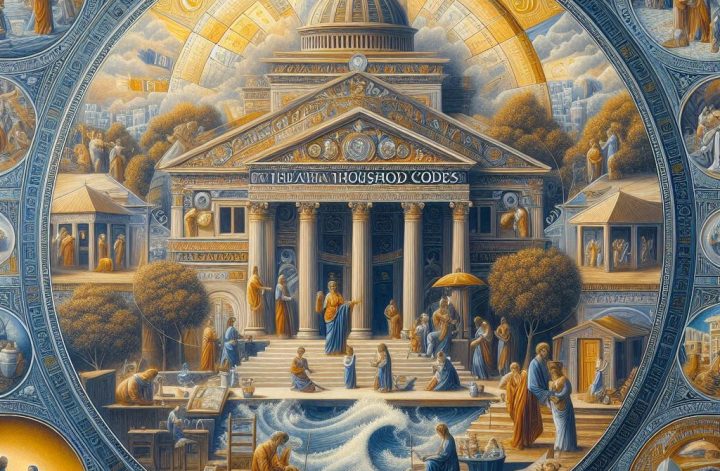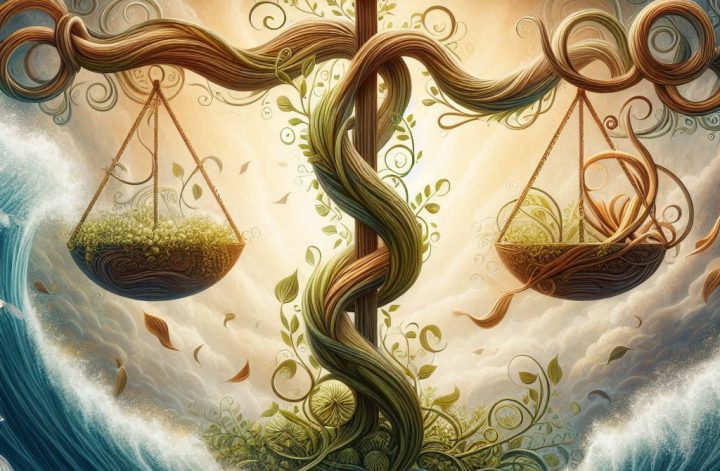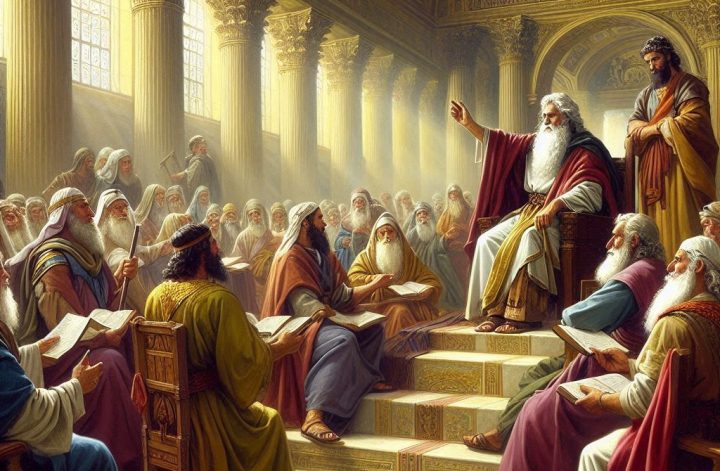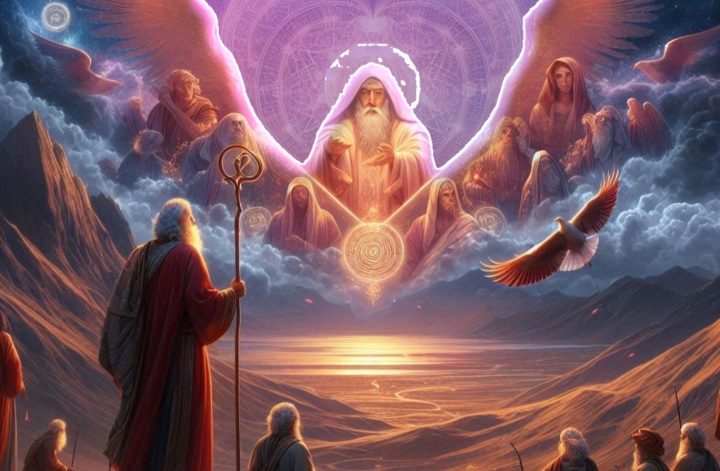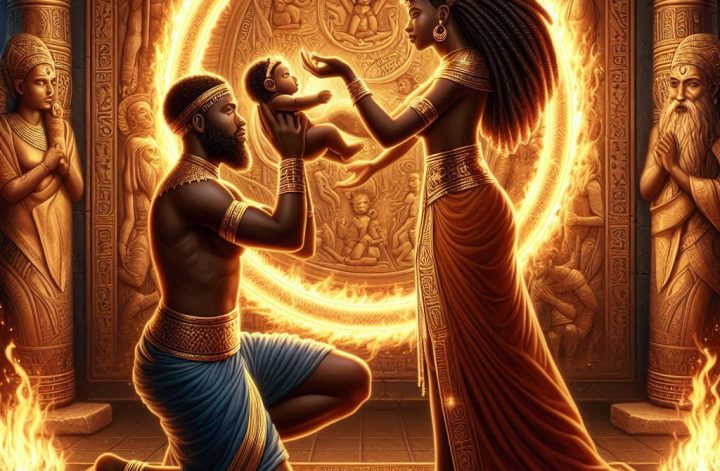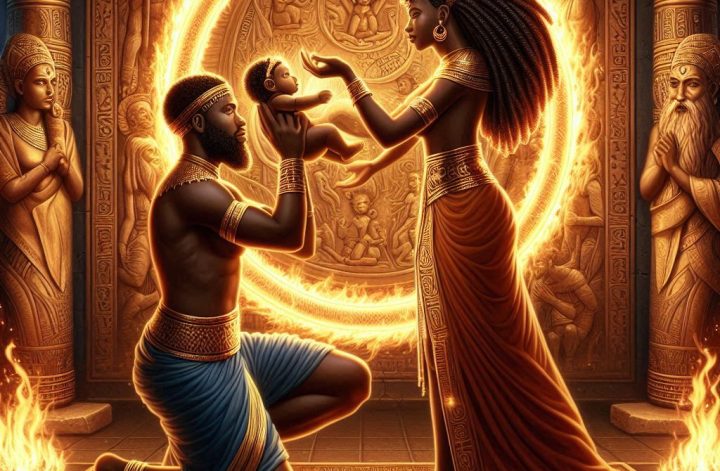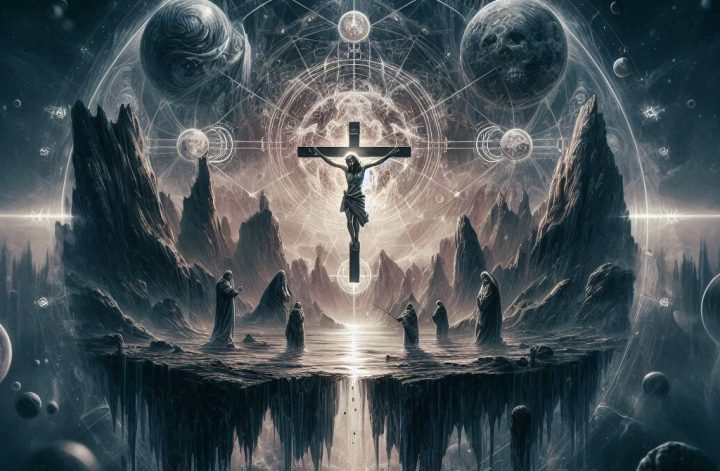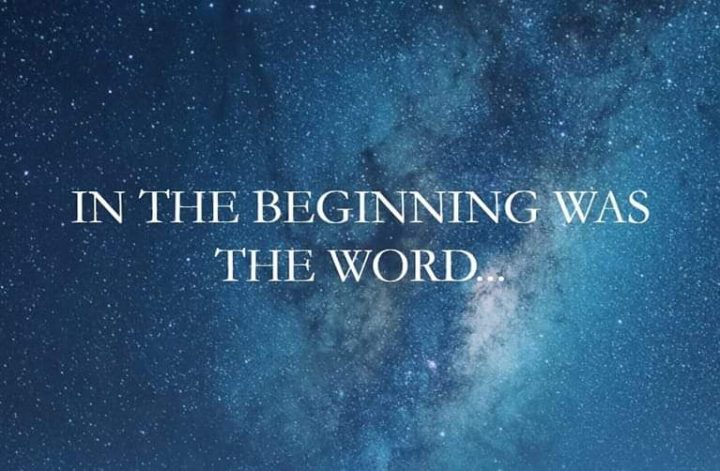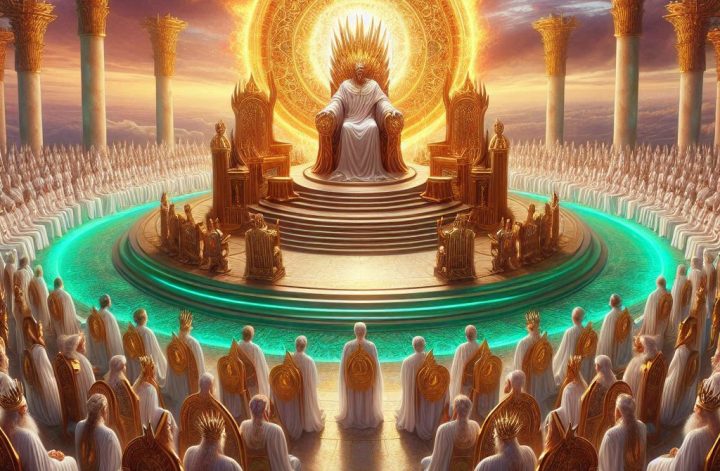Background
We previously discussed the Household Code passages found in Colossians and Ephesians. These passages outline how Greco-Roman Christian households were expected to behave in a manner that honors Christ. We argued that these texts do not prescribe a uniform way for all Christian homes throughout history to operate. If they did, it might imply that every Christian household must own slaves. Instead, these passages illustrate Paul’s efforts to engage with a Gentile issue that even Jesus did not confront in his Jewish context.
The Greco-Roman family consisted of a husband and father who held legally granted absolute power over everyone who lived under his roof – a wife, children, and slaves. How he handled his home was tied to his public reputation and dignity. Women typically were married off by age 15, generally to much older men. Usually, love had very little to do with the marriage. Indeed, the Greco-Roman man was not required to love his wife. Paul found himself in this cultural context, and the options were few. He could have demonized the practice, as the European missionaries to sub-Sahara Africa did, and required the Christians to do marriages the “Christian way,” whatever that might have meant. But that move would be somewhat naive, impractical, and even foolish. First, cultural norms do not change overnight; expecting otherwise is embracing inevitable failure. Second, Christians were a minority, accounting for less than 10 % of the Roman empire at the time, and were despised for their culture-inverting beliefs and claims. An Emperor would later actively persecute them. So, Paul seemed to have taken a “slowly but surely” path to winning the Greco-Roman family structure for Jesus. He sowed the seeds and trusted God to enable germination.

